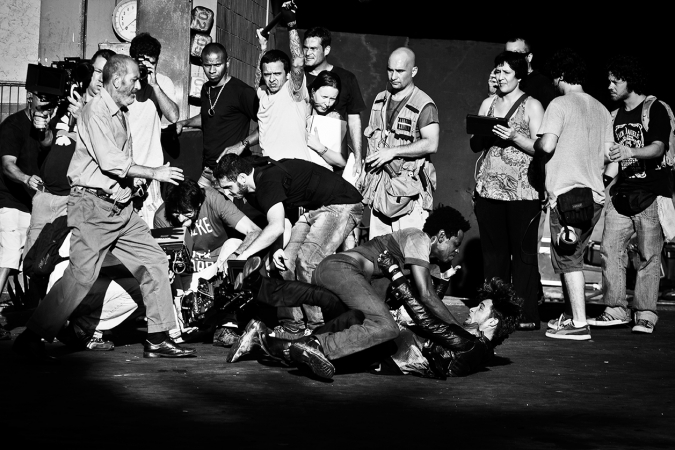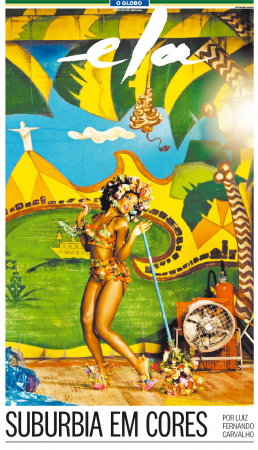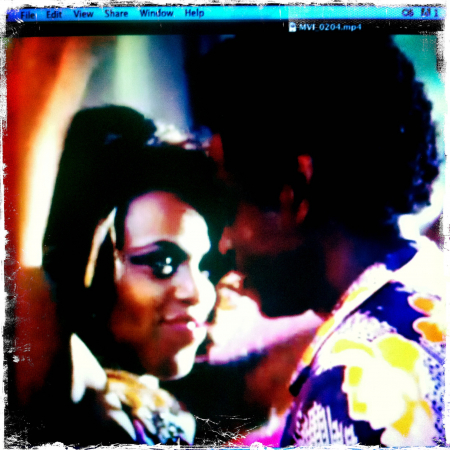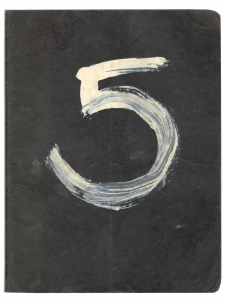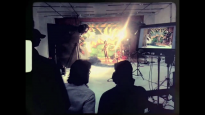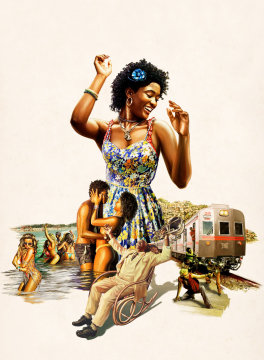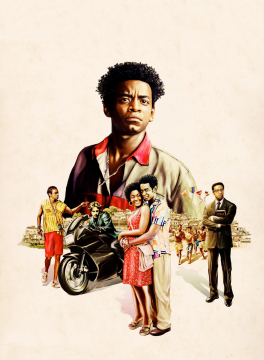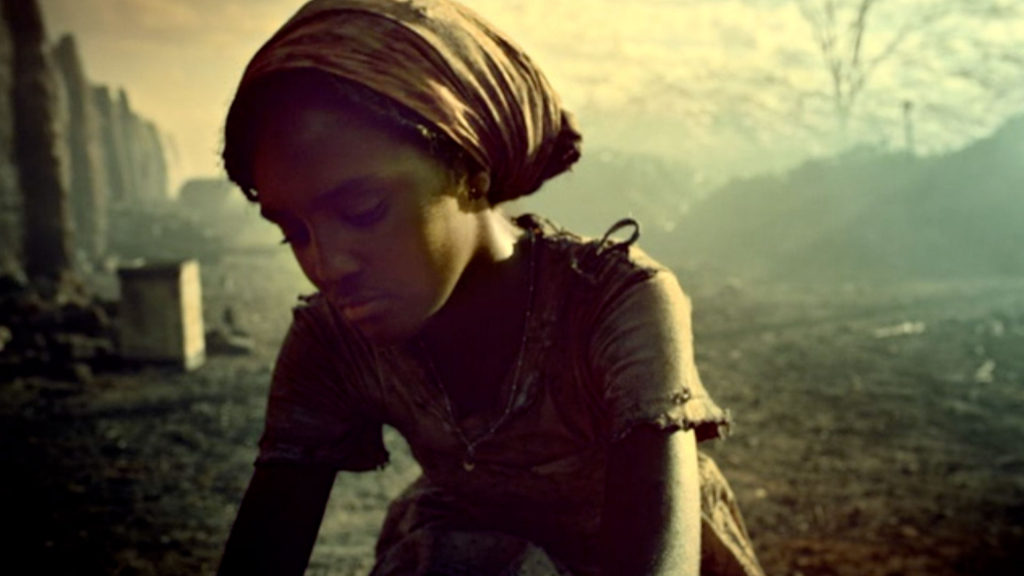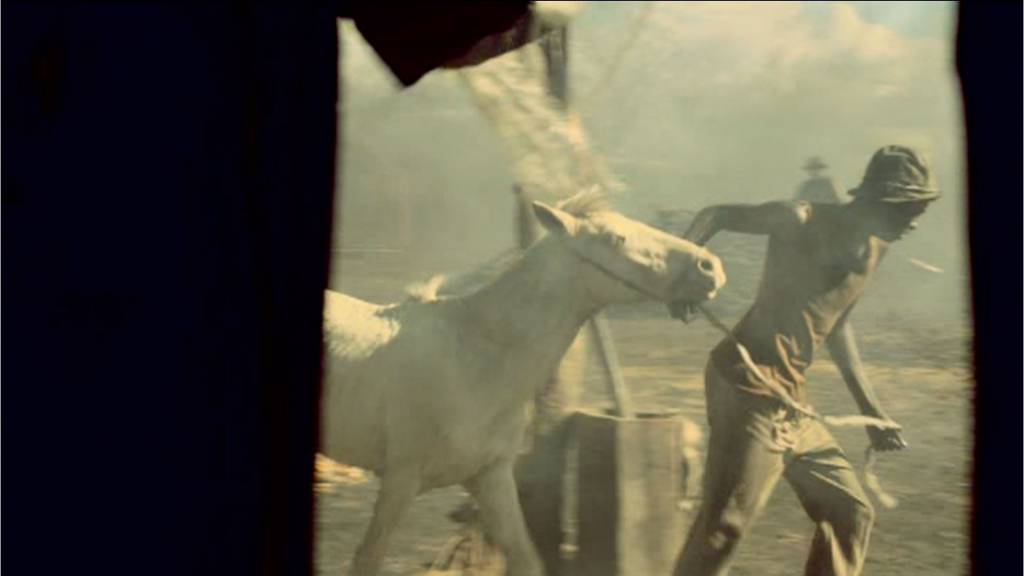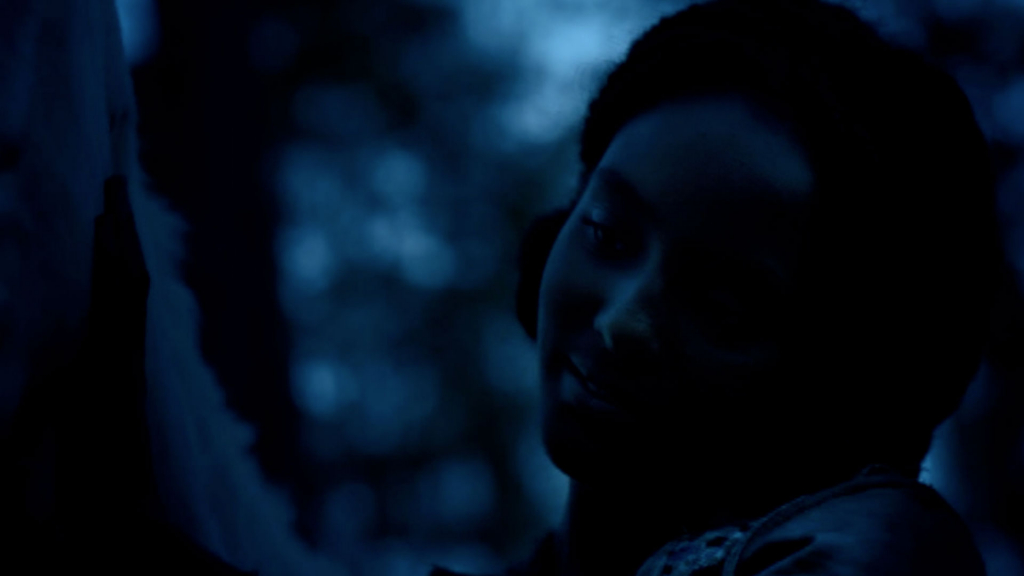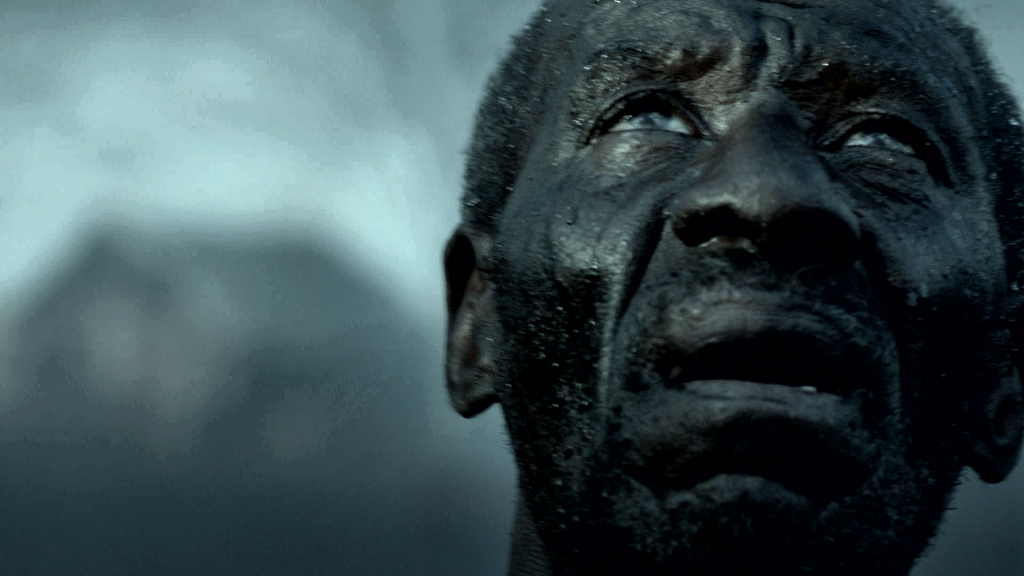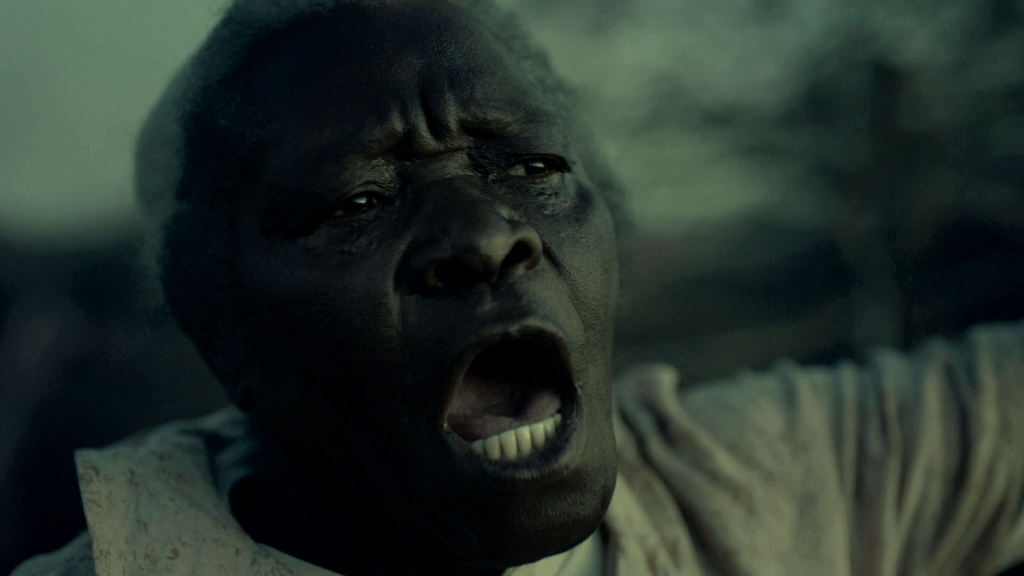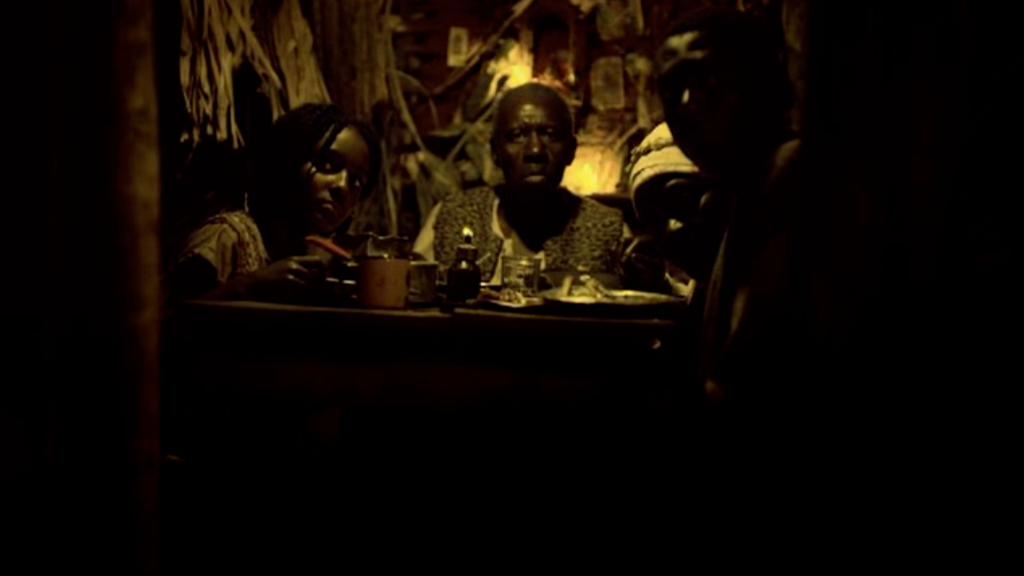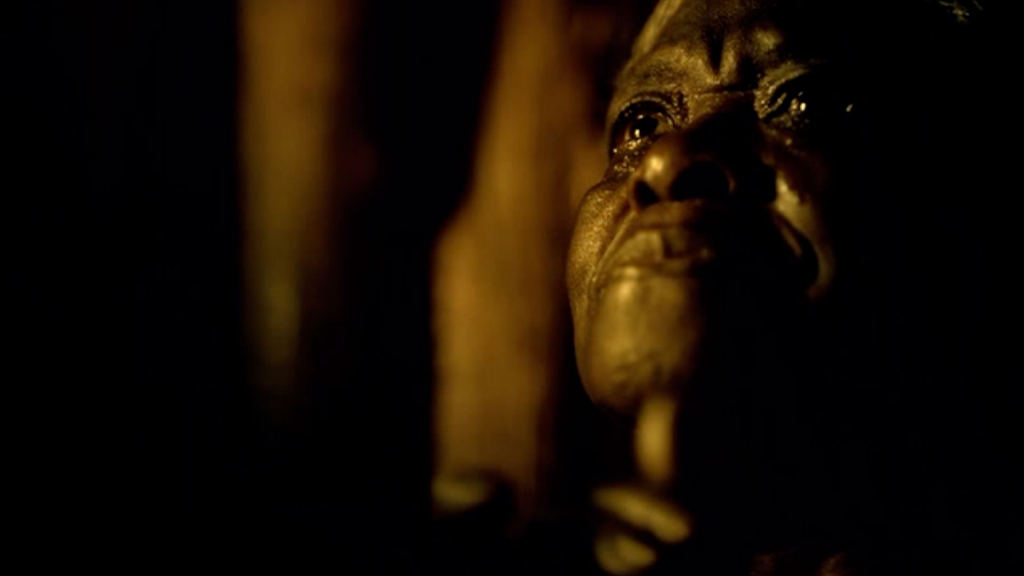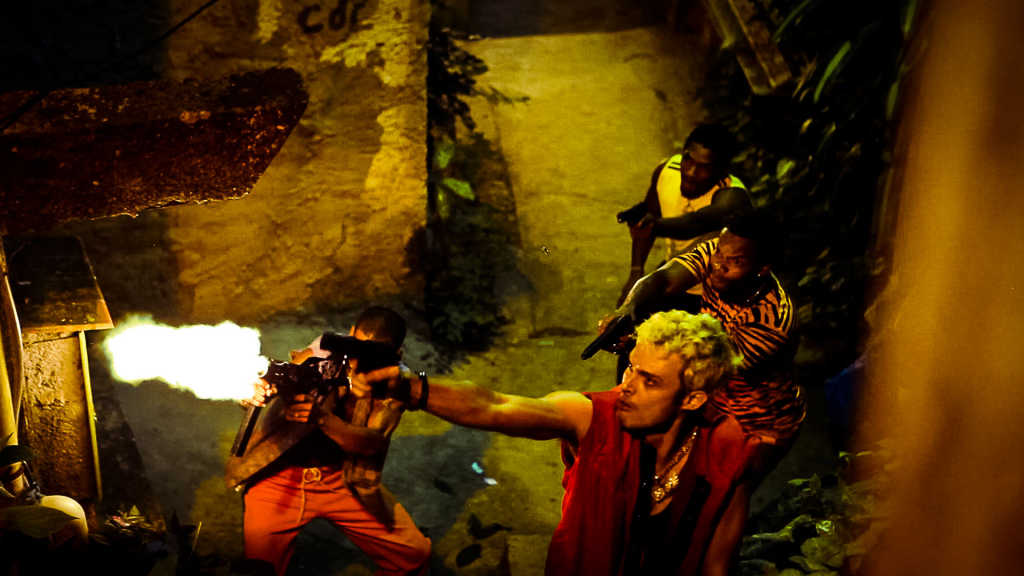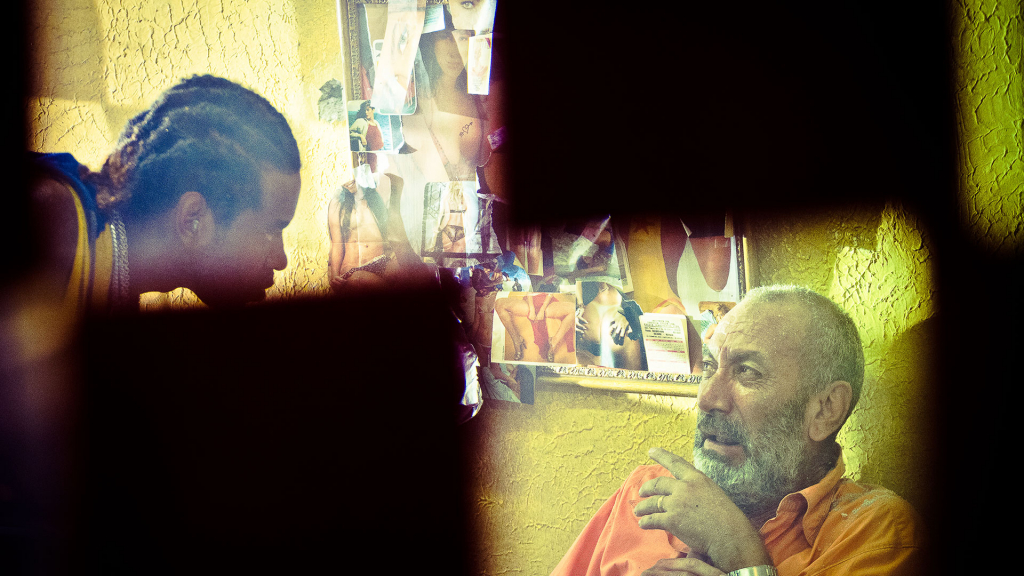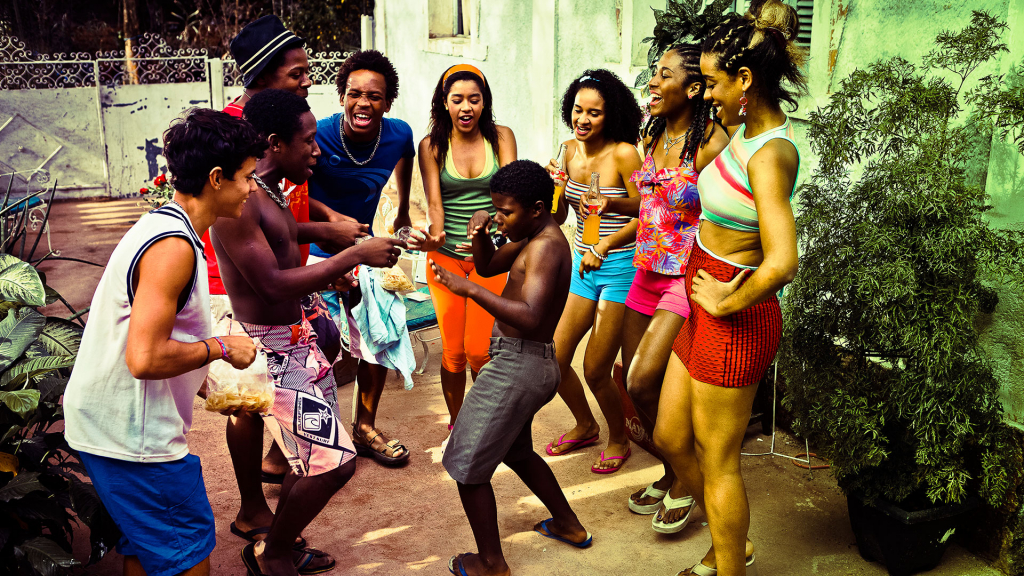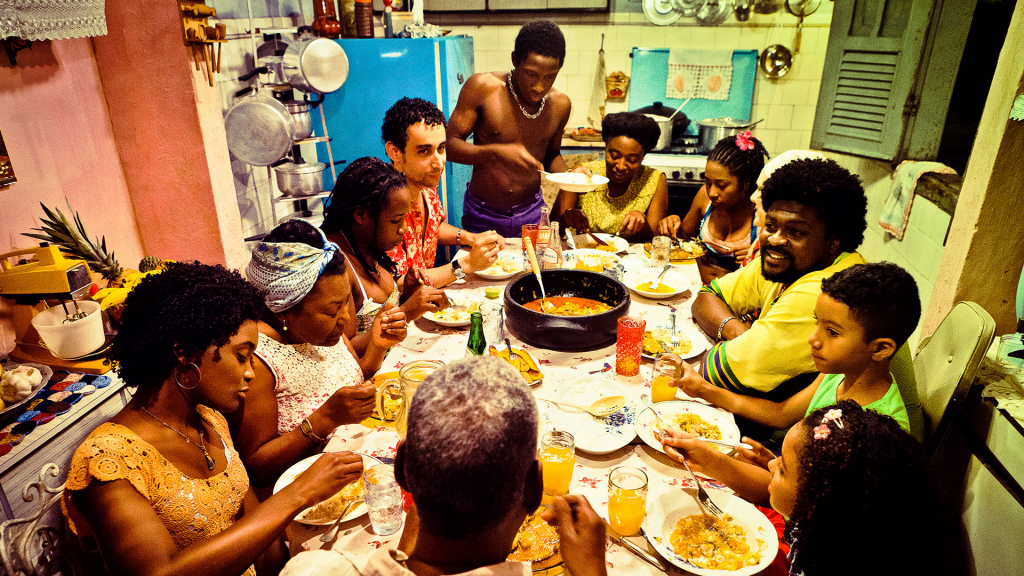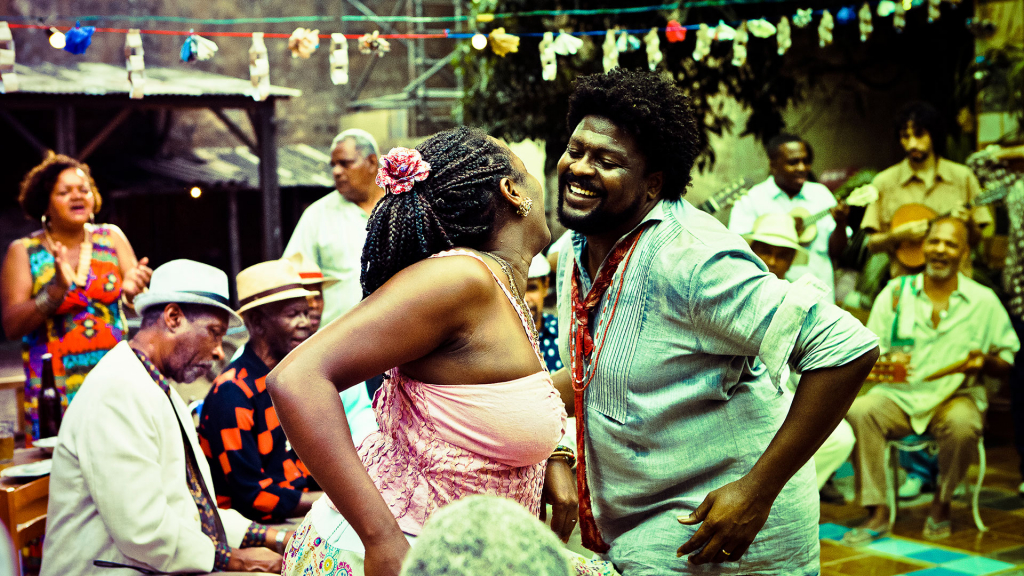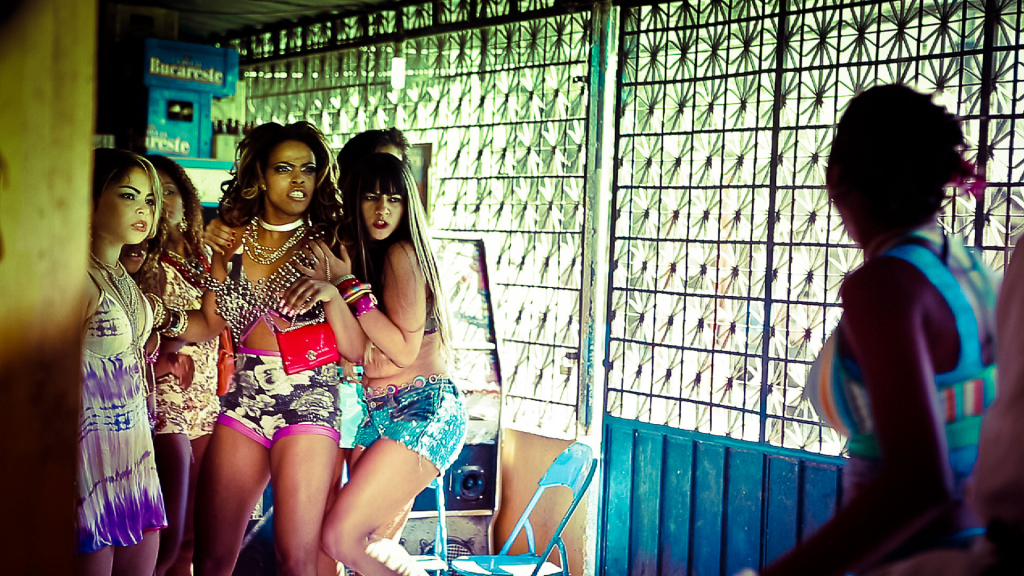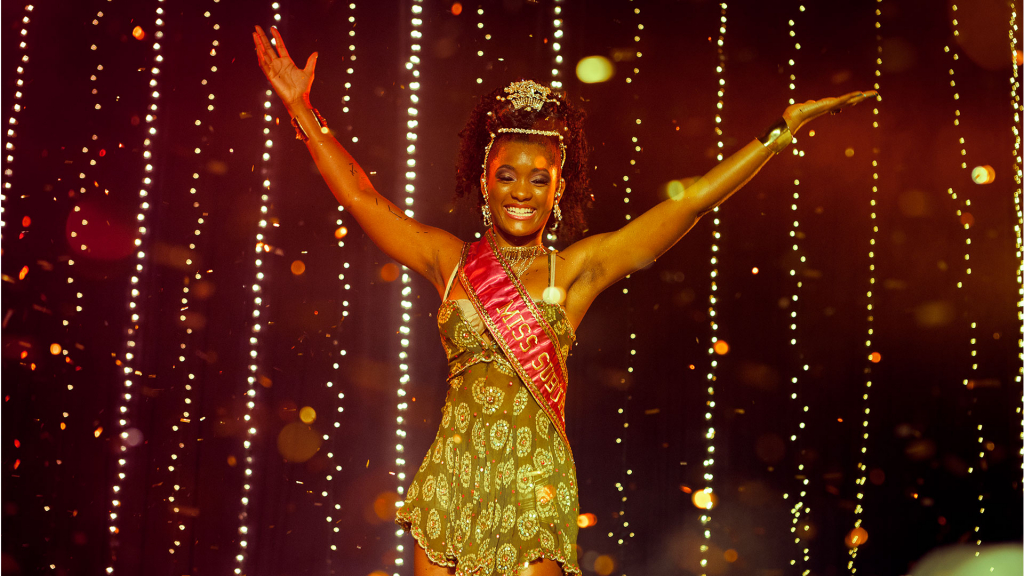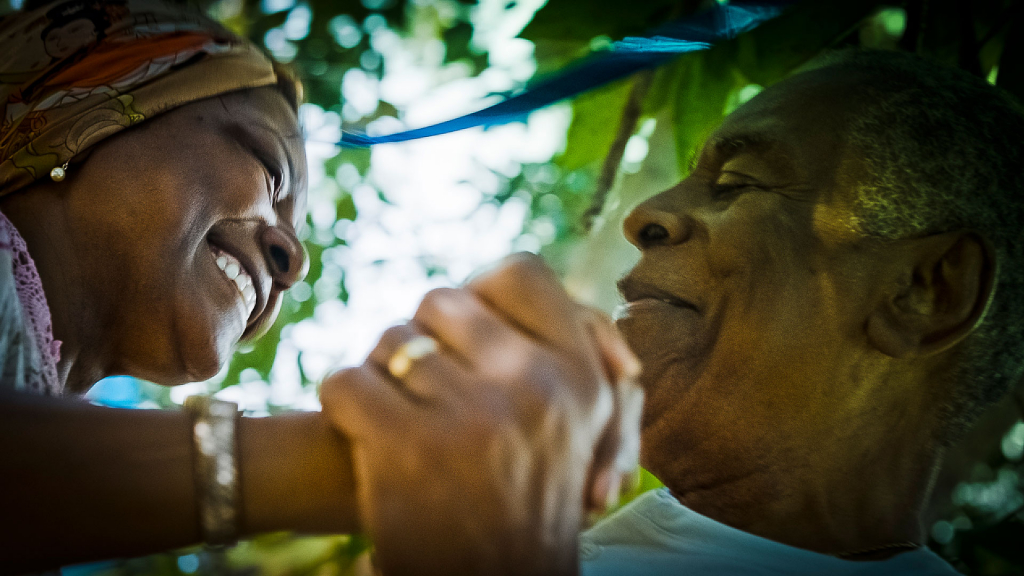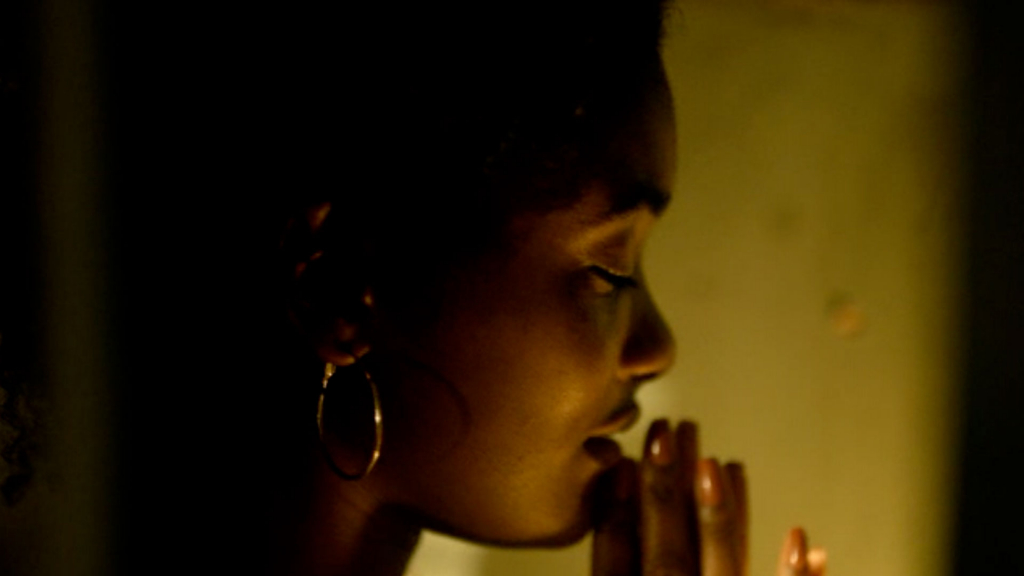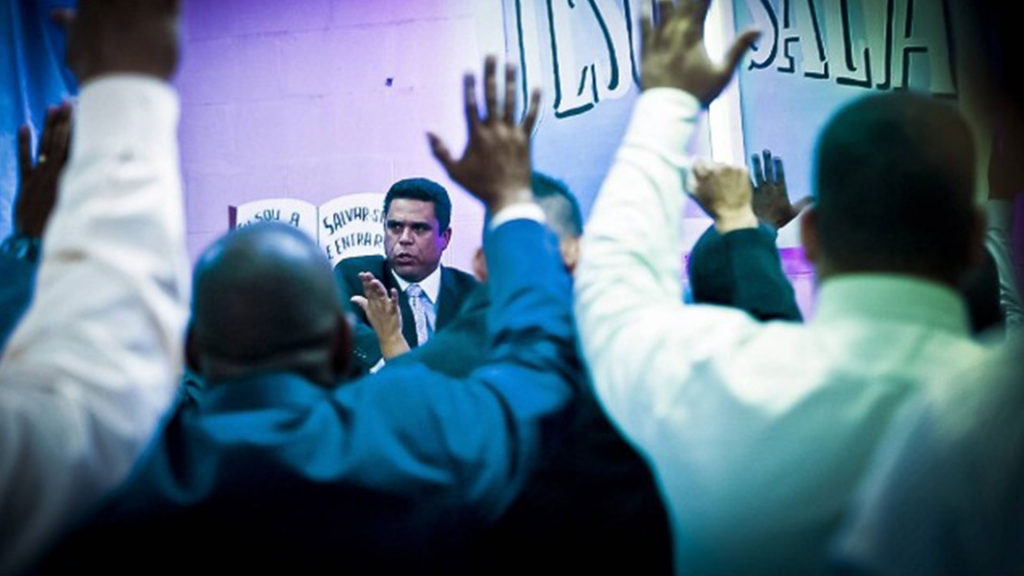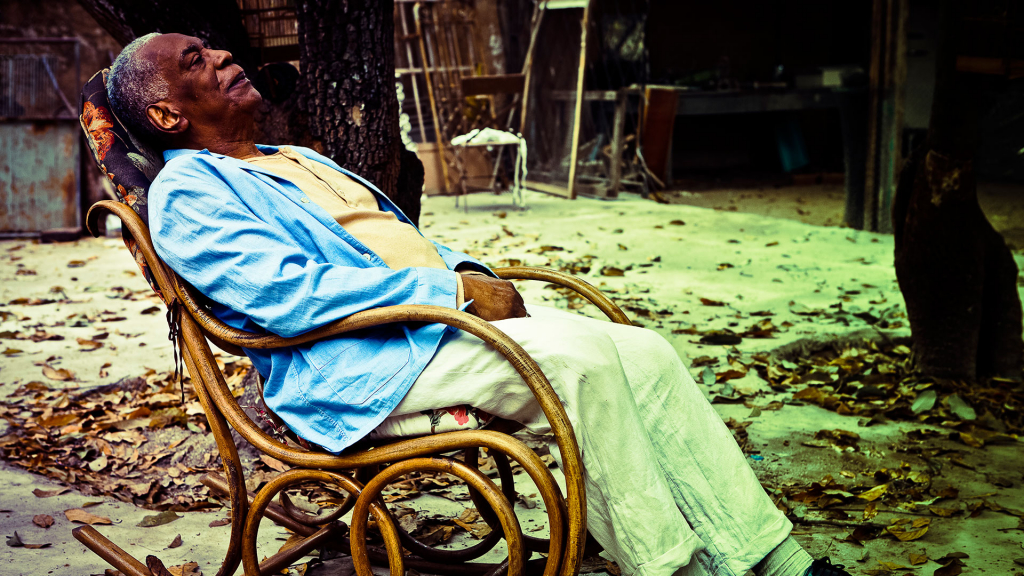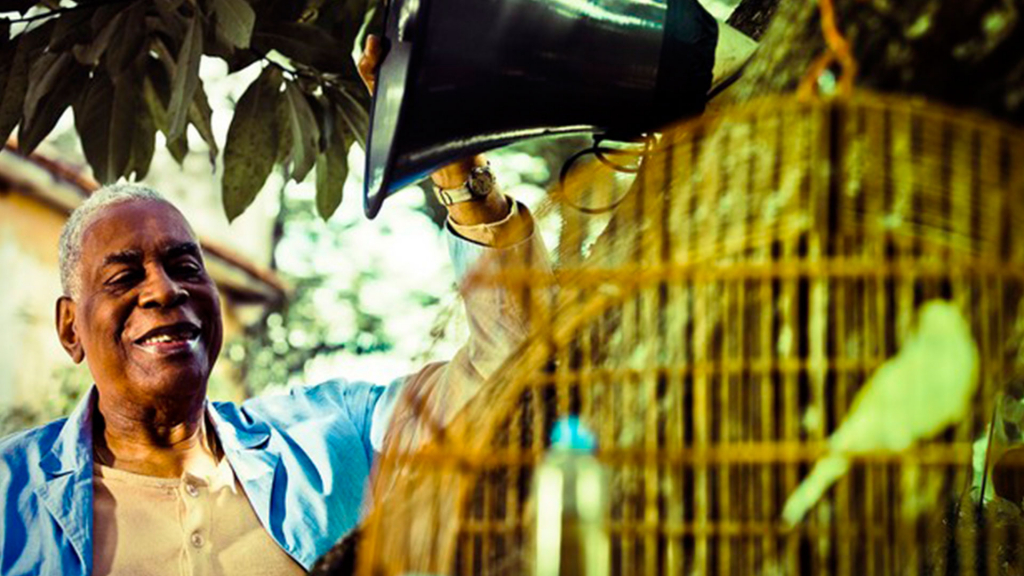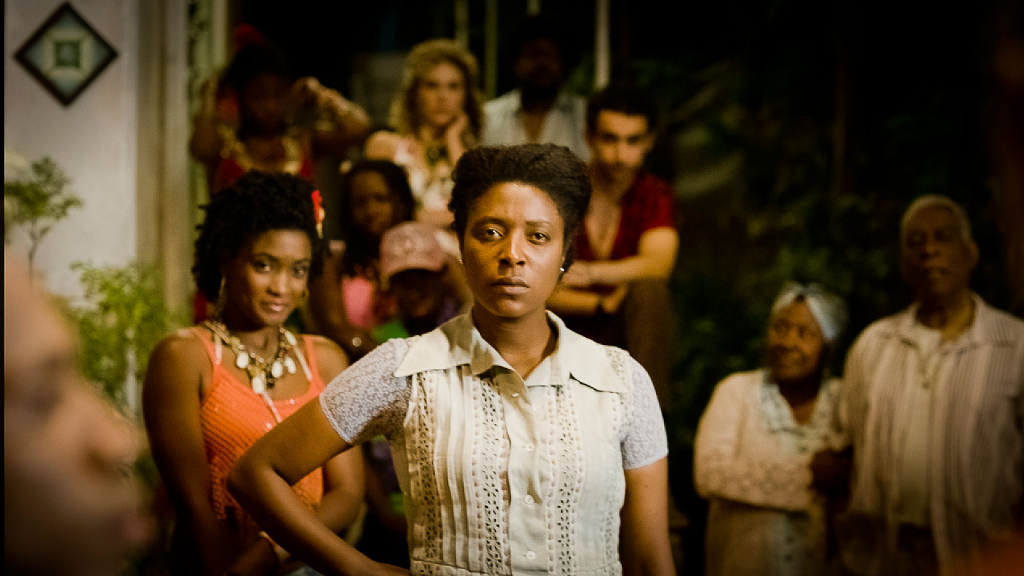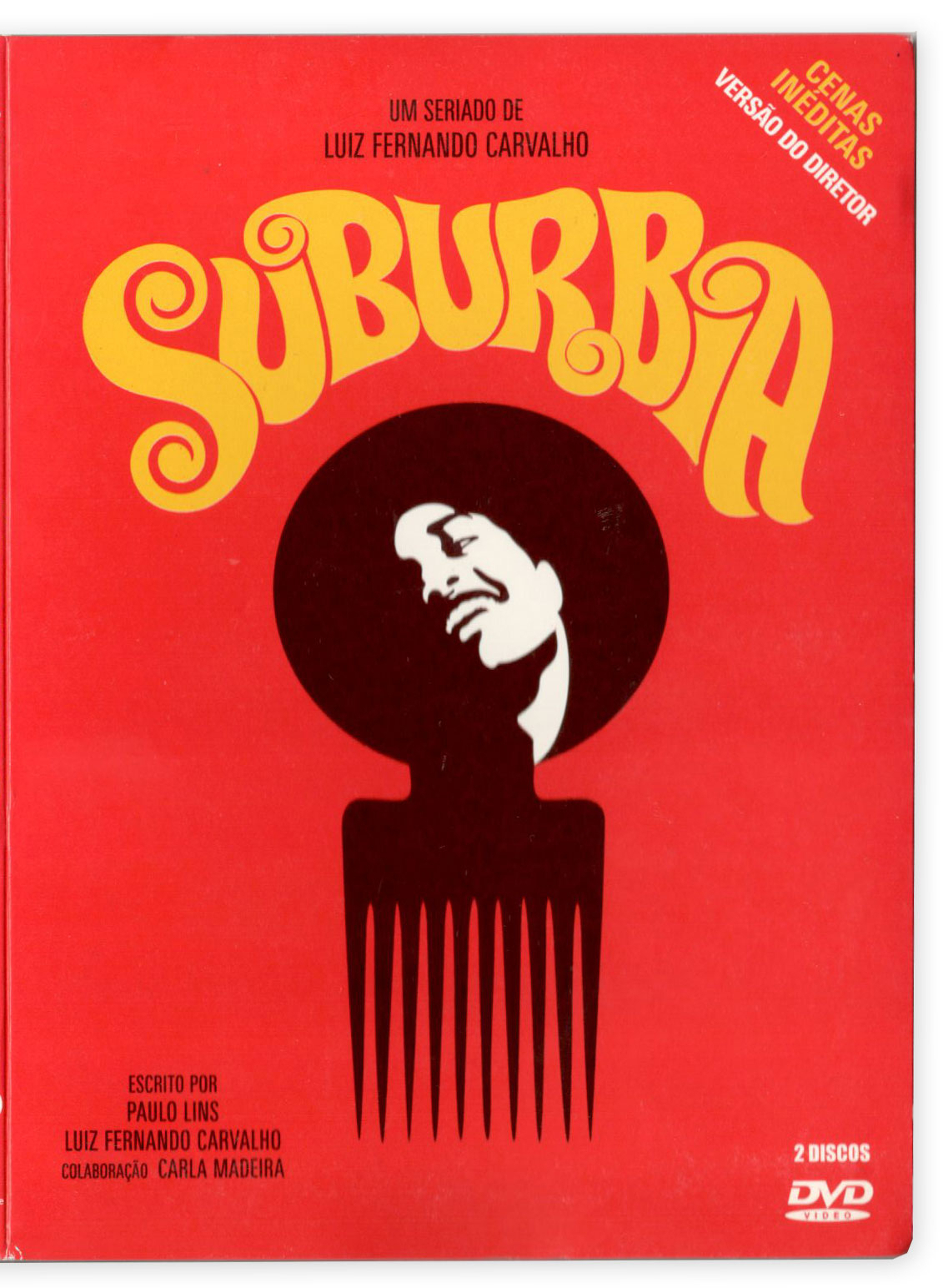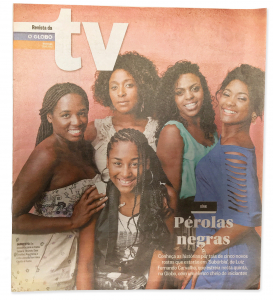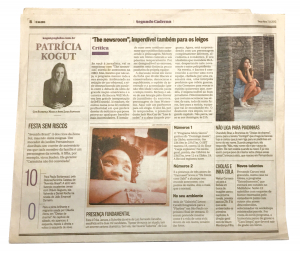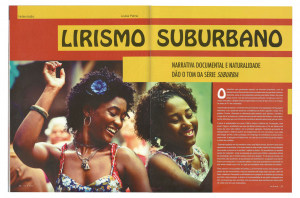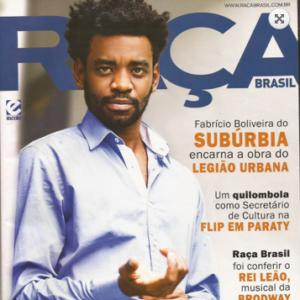All suburbs are one suburb, from where I see, all outskirts come together, sharing the same moral, survival and justice frameworks. While thinking of such issues, image production is here characterized by an outstanding aesthetic value. This is what happens to Walter Firmo, a clear source of inspiration to me. It is a very strong, lively, in-the-flesh sensory ensemble.
The suburb has an unofficial safety net, but one that is very visible and real. The space is never confined to one’s place, rather it extends to the street in front, the square and even the neighbor’s backyard – as if in a tribe structure. There is a common space, of rites, of knowledge exchange, and affection, where everyone is kind of in the same situation. This is a perception of a way of life that may have been maculated. In the face of the pressure of consumption, which offers other meanings for happiness, a new suburban appears, the fruit of the contradictions of economic progress.
Suburbia is, in this sense, an ode to the outskirts, a great celebration of Brazil in which the true protagonists of this story are the ordinary people. Most of the stories told in the mini-series are real events of a woman who lived with me for 25 years and was a kind of a black mother for me. Conceição is the main character, an illiterate woman, who was still a girl when had to ran away from compulsory labor in the countryside of Minas Gerais. And here in Rio, she went through all those hardships and thrived.
So my ongoing concern was to depict reality in an in-the-flesh way – less dramatic and “official.” The language is that of photojournalism, which comes close to documentary. Everything is within the universe of those being portrayed. The camera is invisible and therefore allegory-free, uncontaminated, pulsating, and visceral.
In making this approach more documentary, a series of criticisms are unearthed towards the social context of such minority groups. And, in a very unplanned way, it ends up including a social reflection within the dramaturgy, adding an important social function to the text: a bond. Of course, television plays an important role in entertainment, but it cannot forget its mission of educating aware citizens.
The mini-series does not shy away from underlining certain passages and conditions of Brazilian black people, along with the issues of social exclusion and racism. Following these lines, we have a virtually unknown cast of black actors and actresses, a real find of outstanding talents. All actors except Fabricio Boliveira were unknown.
It is one thing to write from the memories of someone you have known, another is when you begin to raise this issue in the production, from the very concept to the execution. We looked for a girl to play Conceição. This actress, completely unknown at the time, had to come from the people. She had to represent actual traits of the people, the orality, characters, intuition, and intelligence of the people. These are very difficult, subtle behaviors to artistically develop and can easily look imitative – something that Nelson Rodrigues did brilliantly, establishing a set of words for each character, which was not repeated in another one’s speech.
From the moment we found our Conceição, we also came up with the synthesis of the ethical and aesthetic thinking behind the suburban representation. Meeting the actress who played Conceição set off a whole critical, thorough process in search of a cast that was realistic.
References:
Blaxploitation
Aesthetics of the 1970’s Black American movies. Sexuality and violence are structuring elements of the narrative
Photojournalism
Language closer to documentary. It is within the universe of those being portrayed. Invisible camera. Allegory-free language. Uncontaminated. Pulsating. Visceral.
Suburbs
Simplicity. Joy. Pains. The everyday struggle. Life and death. Pain and triumph.
Cast
All actors but one are quite unknown.
